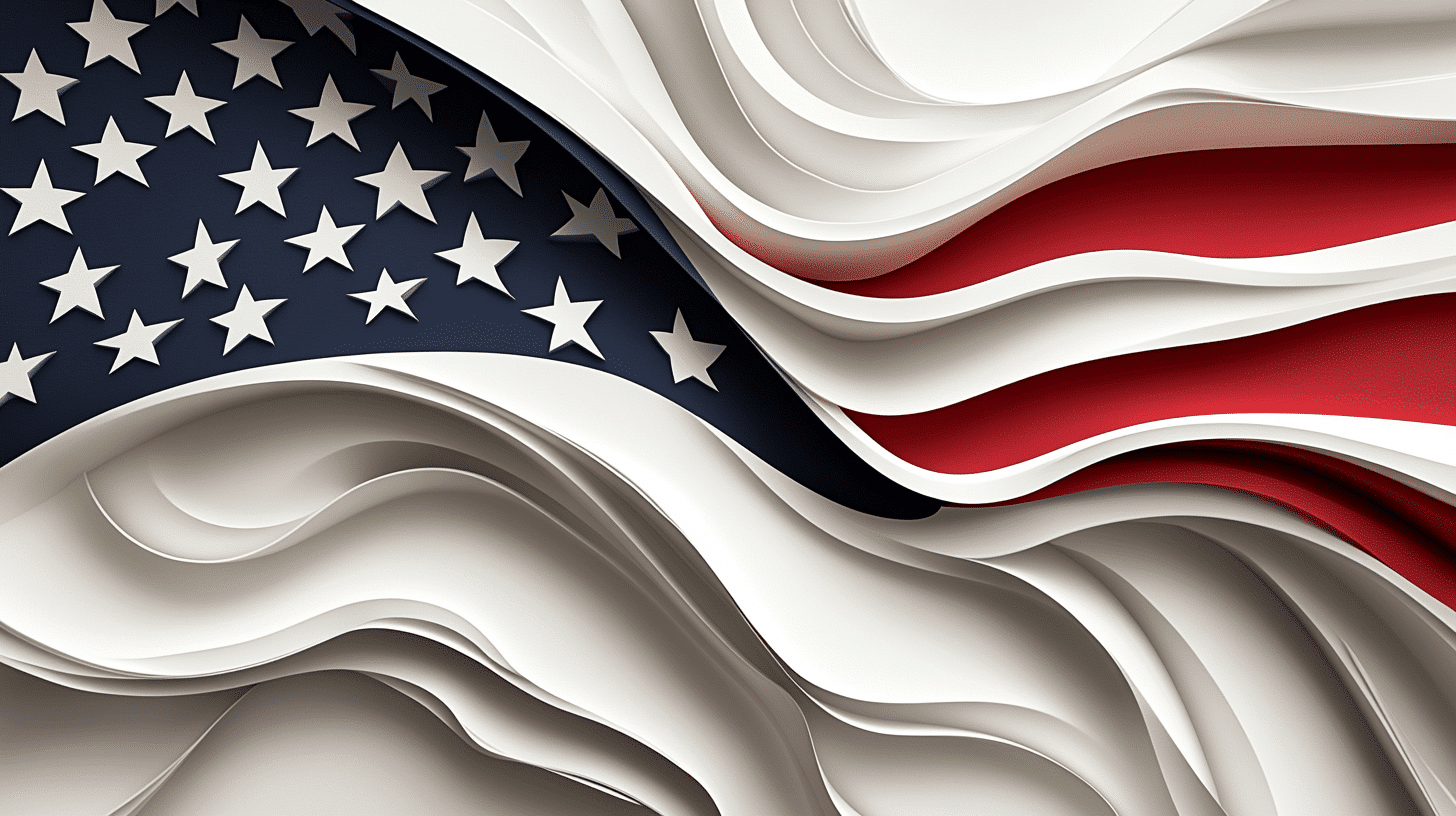What is Navy Day?
Navy Day, celebrated annually on October 27th in the United States, honors the men and women who serve in the U.S. Navy, acknowledging their bravery, dedication, and contributions to national security. This day highlights the vital role the Navy plays in protecting the country’s interests on the seas, advancing global stability, and responding to humanitarian crises. Navy Day offers Americans an opportunity to express gratitude and recognize the Navy’s commitment to defending freedom and supporting international peace efforts.
Navy Day was initially established to foster national appreciation for the Navy’s mission, its role in the defense sector, and the sacrifices made by naval personnel and their families.
History and Origin
Navy Day was established in 1922 by the Navy League of the United States, an organization dedicated to supporting and advocating for the U.S. Navy and its service members. The date, October 27, was chosen to honor Theodore Roosevelt, the 26th U.S. President, whose birthday falls on that day. Roosevelt was known for his role in expanding and modernizing the U.S. Navy and advocating for a strong naval presence to support global peace and U.S. interests.
For many years, Navy Day was widely celebrated as the primary occasion to honor naval personnel. In 1949, the Department of Defense created Armed Forces Day to honor all military branches, but Navy Day continues to be observed separately on October 27, keeping with its original intent to recognize the unique contributions of the U.S. Navy.
Who Celebrates Navy Day?
- Active-Duty Navy Personnel: Members of the Navy observe Navy Day as a celebration of their service and an acknowledgment of their role in national defense.
- Veterans and Retirees: Former members of the U.S. Navy celebrate by reflecting on their service and often gathering with fellow veterans to commemorate their contributions.
- Military Families: Families of Navy service members celebrate by showing support and honoring their loved ones who serve or have served in the Navy.
- Navy Supporters and Veterans’ Organizations: Groups like the Navy League of the United States organize events, share information, and promote Navy Day as a way to raise awareness of the Navy’s role and contributions.
- General Public: Many Americans participate in Navy Day events, taking time to recognize the importance of the Navy in national security and support the men and women who serve.
Slogans and Themes
Navy Day emphasizes themes of service, dedication, and national pride. Slogans like “Honoring Those Who Serve at Sea” and “Protecting Our Freedom on the High Seas” capture the essence of the Navy’s mission and remind Americans of the sacrifices made by Navy personnel. The day promotes pride, respect, and unity, encouraging citizens to appreciate the Navy’s role in keeping the nation safe.
Colors, Symbols, and Patterns
- Colors:
- Navy blue, symbolizing strength, honor, and the naval uniform color, representing the Navy’s professionalism.
- White, reflecting purity, integrity, and dedication to service.
- Gold, symbolizing excellence, tradition, and the accomplishments of Navy personnel.
- Symbols:
- Anchor, representing stability, security, and the Navy’s role in maintaining peace and order at sea.
- Eagle, symbolizing freedom, strength, and the U.S. commitment to global security.
- Ship or battleship, symbolizing the Navy’s enduring presence on the world’s oceans.
- Patterns:
- Nautical motifs, including ropes, anchors, and compasses, representing the Navy’s maritime heritage and traditions.
- Wave patterns, reflecting the Navy’s connection to the seas and oceans.
- Stars and stripes, symbolizing national pride and honoring the Navy as part of the U.S. Armed Forces.
Most Used Hashtags
- #NavyDay
- #USNavy
- #HonorTheNavy
- #NavyStrong
- #NavyPride
How to Celebrate Navy Day
- Thank a Navy Member: Reach out to Navy personnel, veterans, or their families to express appreciation for their service. A simple message of thanks can be meaningful and affirming for those who serve.
- Learn About Navy History: Explore the Navy’s history, its famous battles, and significant achievements. Many resources, such as documentaries or books, offer insight into the Navy’s role in shaping national security.
- Visit a Naval Museum or Memorial: Many cities have naval museums or memorials that honor the history and sacrifices of Navy personnel. Visiting these sites is a great way to learn more about the Navy’s legacy and contributions.
- Participate in Navy Day Events: Communities often host parades, memorial services, or Navy-themed events to commemorate Navy Day. Participating in these events shows support for the Navy and educates the public on its importance.
- Share on Social Media: Use Navy Day hashtags to share your appreciation and highlight the significance of the Navy. Many people share personal stories, historical facts, or messages of gratitude to show solidarity and support.
Why is Navy Day Important?
Navy Day is important because it acknowledges the sacrifices, bravery, and dedication of those who serve in the U.S. Navy. The day provides an opportunity to recognize the Navy’s crucial role in defending national interests, promoting global stability, and providing humanitarian aid during crises. Navy Day also emphasizes the importance of maintaining a strong naval presence, not only for protection but as a force for good around the world.
By celebrating Navy Day, Americans honor a rich history of naval service, from the early days of the nation to the present, fostering a sense of pride and respect for the people who protect our freedom on the seas.
Features
October 27: Navy Day (United States)
Why do you keep falling for the same type?
Read the article Lovemaps: the hidden blueprint of our love.

